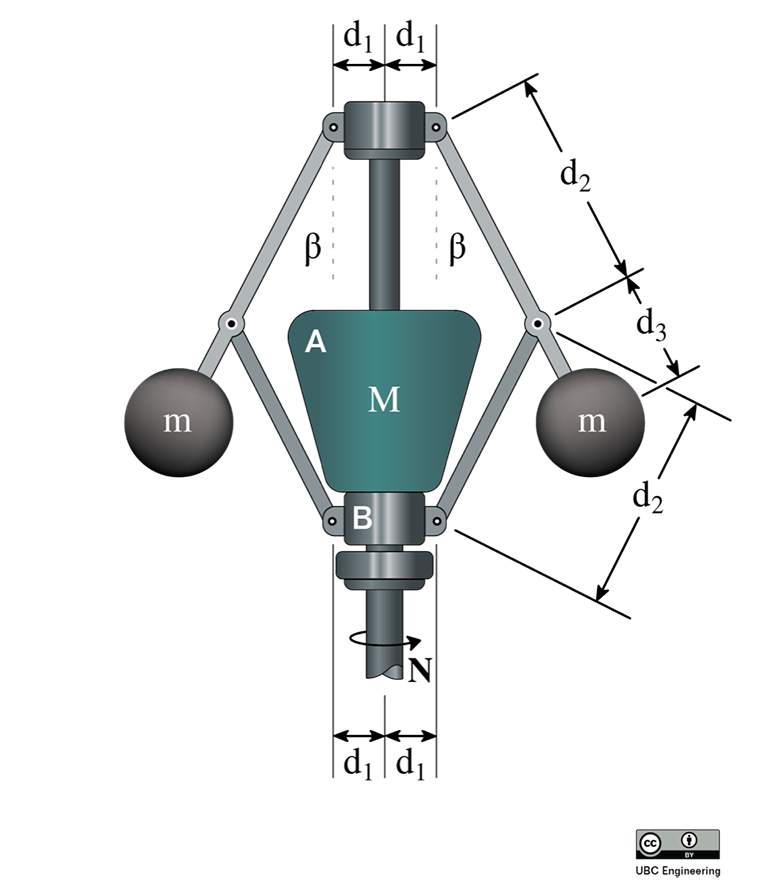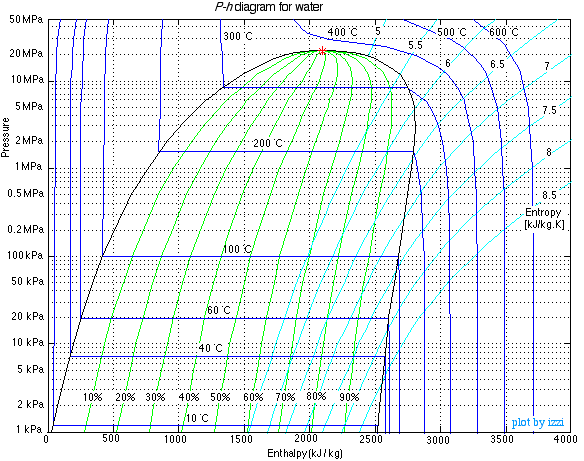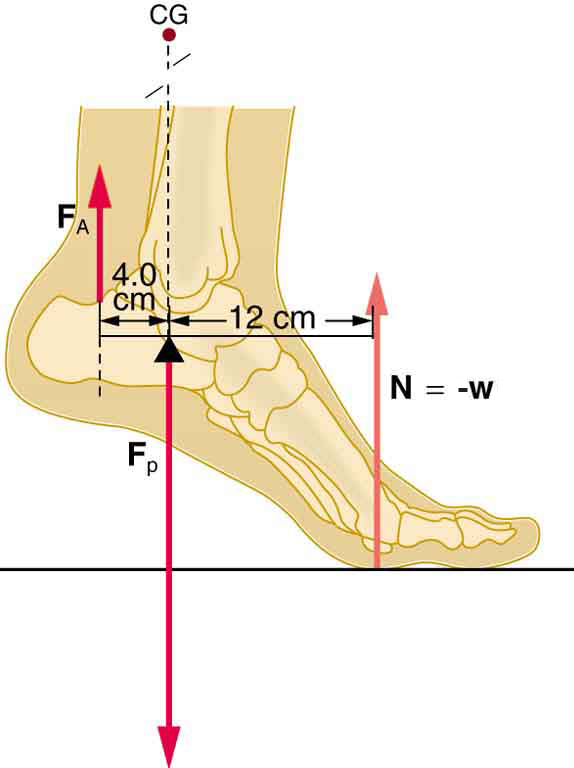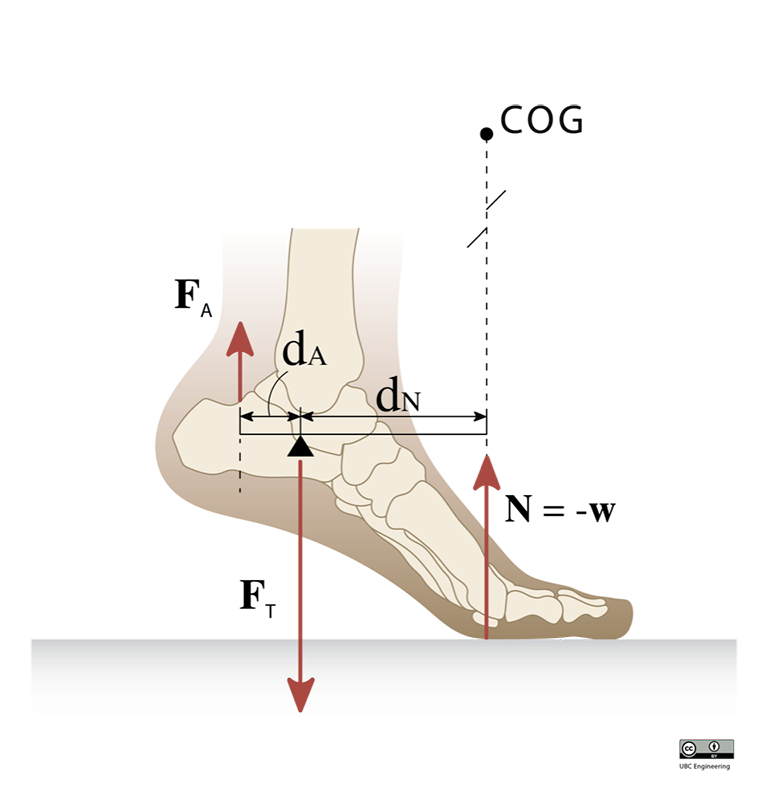As our October 2021 edition of Edubytes goes live, it falls in Open Access Week (October 25–31) — making it a perfect time to take a look at concepts of open in the teaching and learning space.
Our guest editor Dr. Agnes d’Entremont, associate professor of teaching in UBC’s Department of Mechanical Engineering, shares some of the unique challenges and opportunities for open educational resources (OERs) in STEM fields.
Looking for more background on OERs? See our October 2020 guest editorial for a general overview on open education.
OERs in STEM — what’s different?
Open educational resources (OERs) are teaching and learning materials that have been openly licensed or are in the public domain. The benefits of using OERs over commercial or paid resources include no-cost access for students, and the ability for instructors to adapt, add to, and redistribute the materials.
While OERs are used across many disciplines, STEM (science, technology, engineering, and mathematics) fields have some specific needs when it comes to OER. Commercial textbooks often contain many detailed technical images (e.g., Fig. 1, left), equations and derivations, graphs and plots (e.g., Fig. 1, right), extensive tables of properties, and hundreds or thousands of practice problems (sometimes separated into paid online homework systems). Open versions need to contain equally detailed/extensive content, which can be very time-consuming — and thus expensive — to produce.


Fig 1. Examples of the kind of detailed diagrams needed in STEM textbooks or online homework systems. Left: Mechanics problem (CC BY UBC Engineering). Right: Thermodynamics problem (CC BY-NC-SA Diana Bairaktarova).
The cost of no-cost resources
There are some exceptional existing STEM resources available for higher education, particularly for lower-year course topics. Examples include the ChemWiki resources (UC Davis; now on LibreTexts), the math and science texts from OpenStax (Rice University), the WeBWorK Open Problem Library of online homework problems (MAA/The WeBWorK Project), the PHeT interactive science simulations (U Colorado) and UBC’s CLP Calculus textbooks.
But these resources, while excellent, cover only a subset of the OER needs in STEM.
Replicating typical STEM textbook content and the functionality of ancillary resources like interactive homework systems is costly and time-intensive. The original five OpenStax textbooks (which included several STEM titles) cost US $5 million (or about $1 million per book) in 2012.
In our work at UBC developing OER content for engineering mechanics, we have estimated that developing a complete OER textbook will cost well over $900,000, with the majority of that cost going to developing worked-example and practice problems and high-quality diagrams.
Even simply adopting or adapting existing OERs into STEM courses was found to be about 77% more expensive than for non-STEM courses, and courses adopting online learning systems cost 125% more than courses adopting textbooks only.
Open resources beyond first-year
Most OERs are aimed at general introductory courses. This is partly due to cost efficiency — larger numbers of students take these courses, so resources for them benefit a wider group. However, this leaves instructors of more specialized and upper-year courses without the option to choose OERs for their classes.
This lack of availability and choice of OERs is compounded in STEM programs, because those degrees typically have many required core courses (at all year levels).
For example, there are 61 credits of specific required courses in years 3 and 4 of the UBC Vancouver Mechanical Engineering general program. Students cannot, therefore, choose alternate courses that use OERs in place of courses that use costly commercial resources.
The importance of images
In addition, OER adaption can be especially challenging in STEM, because the original files for images or plots within open resources are often not available. As a consequence, instructors cannot easily modify for preference or simply to correct an error — meaning that the average STEM textbook is less adaptable than a textbook that relies mostly on written content.
For example, the image below (Fig. 2, left) from an OpenStax Physics text (statics) has a significant error in the center of gravity (CG or COG) location. For those less familiar with mechanics, it is not possible for someone to hold still in the position shown on the left — that person would fall over backwards.


Fig 2. Left: Image from OpenStax College Physics (CC BY OpenStax). Right: Image from OER Mechanics project (CC BY UBC Engineering).
For the UBC OER Mechanics project, we recreated this image (Fig. 2, right) in part because of this error, and in part to change the values shown in the image. Using variables instead of specific number values (e.g., dA instead of 4.0 cm) allows us to create multiple versions of the same question, either manually or within an online homework system. However, recreating this existing open image took additional time, which could have been used to create a new resource instead.
Why OERs for STEM is an opportunity
There are, however, some substantial opportunities in STEM OERs.
Firstly, there are many major topics taught to hundreds of students per year at UBC that do not have quality (or any) OER textbook alternatives to commercial offerings — as highlighted in a 2020 article in Issues in Science and Technology Librarianship, a lack of quality OER content is a primary barrier to adopting it in courses. Second-year engineering thermodynamics (~770 UBC students per year) and engineering fluid mechanics (~830 UBC students per year) are two courses that come to mind where I have not found any viable OER options.
Secondly, there are cases where only one or two dominant commercial textbooks are used across a wide range of institutions (also highlighted in the article above). This indicates that there is not much demand for variability in textbooks in these topics, meaning just one quality OER alternative would have the potential to be adopted widely.
In summary, there are some great STEM OER options available, but they tend to be limited to introductory courses. Broadening the availability of open resources for program-required STEM courses will entail larger investments compared to what is sufficient in non-STEM courses. However, if we invest in creating good quality STEM OERs, widespread adoption is realistically achievable — providing wide-ranging benefits to students and instructors alike.
More on OERs at UBC
Call for UBCV OER grant proposals
The Office of the Provost and Vice-President, Academic, UBC Vancouver recently invited the UBC community to apply for the OER Fund, which consists of two grant pathways. OER Implementation Grants provide up to $25,000 for UBCV faculty who wish to incorporate open educational resources as the primary materials into their UBCV credit courses. The application deadline for this grant is 3pm, Friday, November 25, 2021. Additionally, OER Rapid Innovation Grants of up to $2,000 are available on a monthly basis for innovative activities that increase OER development, awareness and capacity building. Learn more and apply for OER funding.
Event: Open interactive learning activities with H5P
H5P is an open-source technology that enables users to incorporate interactive elements in online course content, webpages and OERs. Join the workshop on Thursday, November 4, 2021 for an overview of H5P, and how it’s being used in the UBC Faculty of Education.
Enjoyed reading about open educational resources in STEM? Learn about other topics we covered in the October 2021 edition by reading the complete Edubytes newsletter. To view past issues, visit the Edubytes archive.
Are you interested in staying up to date on the latest trends in teaching and learning in higher education? Sign up for our newsletter and get this content delivered to your inbox once a month.

